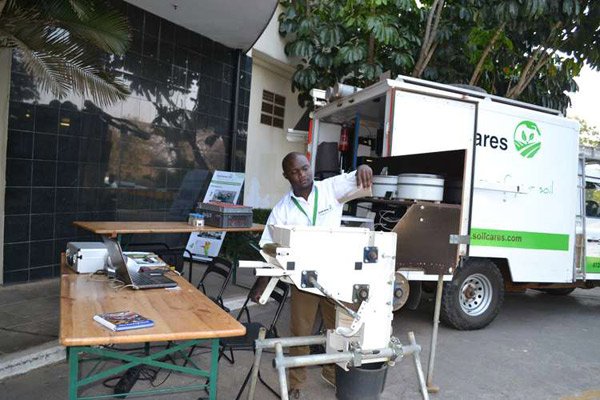
My name is Laetitia Victoria Mukungu and I am from Kenya. I am a third-year student at EARTH University in Costa Rica, where I study Agricultural Sciences and Natural Resource Management. My passion lies in rural women’s empowerment, food security and child education.









